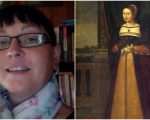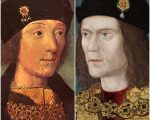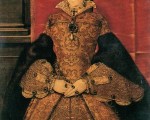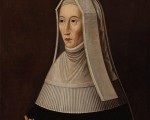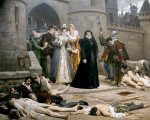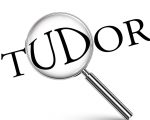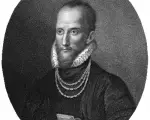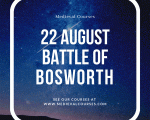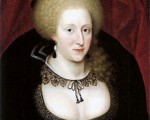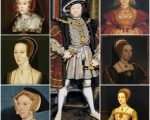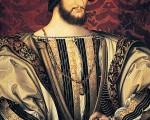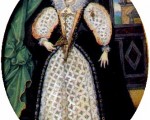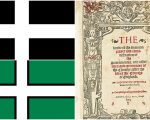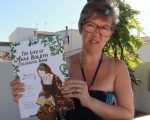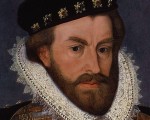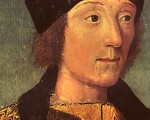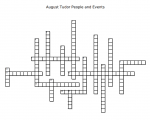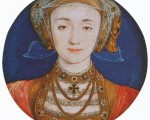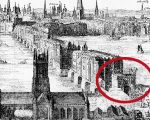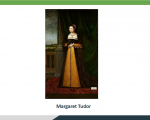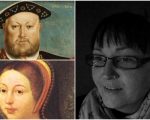20th August:
1509 – Birth of Sir William Stanford (Staunford), judge and legal writer. Stanford served Mary I as one of her queen’s Sergeants, and is known for his legal books, “Les plees del coron” (1557), on criminal law, and “Exposicion of the Kinges Prerogative” (1567)
1580 – Death of Sir George Bowes, soldier and administrator, at Streatlam, county Durham. He was buried in the family vault at Barnard Castle Church. Bowes served Elizabeth I as a member of the Council of the North and the Ecclesiastical High Commission for York, a Justice of the Peace and Sheriff, and as the Earl of Sussex’s Deputy in co. Durham and Richmondshire, and Provost Marshal. Bowes was also chosen to escort Mary, Queen of Scots from Carlisle to Bolton Castle in 1568.
1588 – A thanksgiving service was held at St Paul’s in London to give thanks to God for England’s victory over the Spaniards.
1589 – Marriage of James VI of Scotland and Anne of Denmark, second daughter of King Frederick II of Denmark, by proxy at Kronborg Castle, Helsingør, Denmark. James was represented by his ambassador at the Danish court, George Keith, 5th Earl Marischal.
1599 – Death of Sir Thomas Norris, soldier and Lord President of Munster, at his house at Mallow, County Cork, Ireland. Norris died from an injury to his jaw sustained in a skirmish with Thomas Burke and his troops in May 1599.
1610 – Death of courtier Edmund Tilney, censor of plays and Master of the Revels. He was buried in St. Leonard’s Church, Streatham, London.
1648 (or 5th August) – Death of Edward Herbert, 1st Baron Herbert of Cherbury and 1st Baron Herbert of Castle Island, diplomat, philosopher and the author of “The Life and Raigne of King Henry the Eighth”. He was buried at St Giles-in-the-Fields, London.
[Read More...]


